Home>Articles>How To Unclog Bathroom Sink With Baking Soda And Vinegar
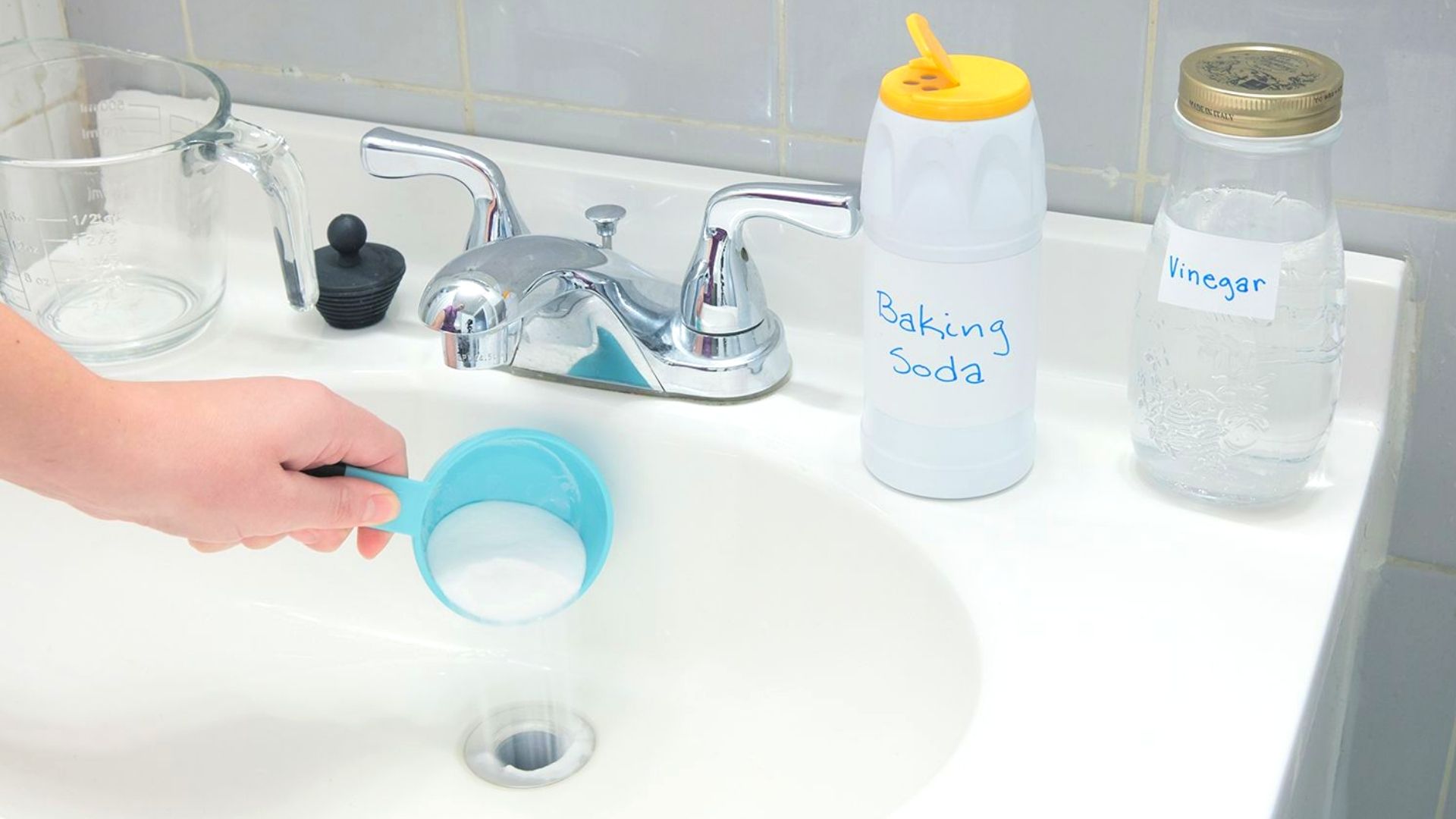

Articles
How To Unclog Bathroom Sink With Baking Soda And Vinegar
Modified: January 8, 2024
Learn how to unclog your bathroom sink using a simple and natural solution of baking soda and vinegar. Read our informative articles now!
(Many of the links in this article redirect to a specific reviewed product. Your purchase of these products through affiliate links helps to generate commission for Storables.com, at no extra cost. Learn more)
Introduction
Is your bathroom sink draining slowly or completely clogged? Don’t worry, you don’t have to call a plumber just yet! There’s a simple and effective solution that you can try at home using two common household items: baking soda and vinegar. This natural and chemical-free method can help unclog your bathroom sink and get the water flowing smoothly again.
In this article, we’ll guide you through the step-by-step process of using baking soda and vinegar to unclog your bathroom sink. So, gather the materials and let’s get started!
Key Takeaways:
- Easily unclog your bathroom sink using baking soda and vinegar, a natural and cost-effective method that clears minor clogs and restores proper drainage without the need for professional plumbing assistance.
- Remember to clear visible debris, mix and pour the solution, let it sit, and flush with hot water. Exercise caution and protect yourself while unclogging for a hassle-free experience.
Materials Needed
Before you begin the process of unclogging your bathroom sink with baking soda and vinegar, make sure you have the following materials handy:
- Baking Soda: You’ll need about ½ cup of baking soda. This common kitchen ingredient is known for its cleaning and deodorizing properties, making it a great option for unclogging drains.
- Vinegar: Grab a cup of white vinegar. Vinegar is mildly acidic and can help dissolve and break down mineral deposits and other clog-causing substances.
- Boiling Water: Boiling water will be used to flush the mixture down the drain, so have a pot or kettle ready to heat it up.
- Plunger: While not essential, having a plunger can be helpful if the clog is stubborn and requires a more forceful approach.
- Protective Gloves: It’s always a good idea to protect your hands with gloves, especially when working with potentially harmful chemicals or dirty drain water.
Once you have all these materials, you’re ready to move on to the next steps and start unclogging your bathroom sink!
Step 1: Clearing the Drain
Before you begin the unclogging process, it’s important to start by removing any visible debris or obstructions from the drain. Here’s how:
- Remove the sink stopper or drain cover if you have one. This will allow you better access to the drain.
- Using your fingers or a small pair of pliers, carefully remove any hair, soap residue, or other debris that may have accumulated in the drain. Dispose of the debris in a trash bag or bin.
- Once you’ve cleared the visible debris, rinse the drain with warm water to further flush out any loose particles.
Clearing the drain from any visible obstructions will help improve the effectiveness of the baking soda and vinegar mixture in removing the clog. It’s important to note that this step may not be sufficient for more stubborn or deeper clogs.
If you’re still experiencing drainage issues after completing this step, proceed to the next step to address the problem using baking soda and vinegar.
Step 2: Mixing the Baking Soda and Vinegar
Now that you’ve cleared the drain of any visible debris, it’s time to mix the baking soda and vinegar to create a powerful clog-fighting solution. Follow these steps:
- Measure out about ½ cup of baking soda and pour it directly into the drain.
- Spread the baking soda evenly across the drain, making sure to cover the entire surface.
- Pour 1 cup of white vinegar over the baking soda. You may notice a fizzing reaction – don’t be alarmed, as this is completely normal. The reaction is a result of the chemical reaction between the baking soda (a base) and vinegar (an acid).
- If you have a stopper or drain cover, place it back over the drain to prevent the mixture from bubbling out.
The combination of baking soda and vinegar creates a powerful foaming action that penetrates deep into the drain, helping to break down any clogs and remove buildup. Let the mixture sit for a few minutes to allow it to work its magic before moving on to the next step.
It’s important to note that this mixture is safe for most types of pipes, but it may not be suitable for certain materials like marble or enamel. If you’re unsure about your sink’s material, it’s always best to test the mixture on a small, inconspicuous area first.
Pour 1/2 cup of baking soda down the drain, followed by 1/2 cup of vinegar. Cover the drain and let it sit for 30 minutes. Then, flush with hot water to clear the clog.
Step 3: Pouring the Mixture Down the Drain
After allowing the baking soda and vinegar mixture to sit for a few minutes, it’s time to pour it down the drain. Follow these steps:
- Remove the drain cover or stopper if you have one.
- Carefully pour the mixture from the sink’s surface directly into the drain. Make sure to pour it slowly and evenly to ensure it reaches the clog.
- If you notice any excess foaming or bubbling, don’t be alarmed. This is a sign that the mixture is working to dissolve the clog.
Try to aim the mixture as close to the clog as possible, ensuring that it makes direct contact with the obstruction. This will allow the baking soda and vinegar to work more effectively in breaking down the clog.
Once you’ve poured the mixture down the drain, proceed to the next step to let it sit and work its magic before flushing it out.
Step 4: Letting the Mixture Sit
After pouring the baking soda and vinegar mixture down the drain, it’s important to let it sit and work its magic for a certain period of time. Follow these steps:
- Leave the mixture undisturbed in the drain for about 30 minutes.
- During this time, the foaming action of the mixture will help break down the clog and dissolve any built-up debris.
- While the mixture is sitting, you may notice a slight vinegar odor. This is normal and will dissipate once you flush the drain.
It’s crucial to allow the mixture sufficient time to penetrate and dissolve the clog. The longer you let it sit, the better chance it has of effectively clearing the blockage.
While waiting, you can use this time to clean up any spills or residue around the sink area. Wipe down the sink and surrounding surfaces with a damp cloth.
Once the 30 minutes are up, it’s time to move on to the final step – flushing the drain with hot water.
Step 5: Flushing with Hot Water
Now that the baking soda and vinegar mixture has had time to work its magic, it’s time to flush the drain with hot water to clear away any remaining debris and ensure proper drainage. Follow these steps:
- Boil a pot or kettle of water. Make sure to use enough water to effectively flush the drain.
- Carefully pour the boiling water down the drain, aiming for the center to ensure maximum coverage.
- Allow the hot water to flow through the drain for several seconds.
The hot water will help further dissolve any remaining clog remnants and flush them away, leaving you with a clean and unclogged drain.
After flushing with hot water, test the sink by running some cold water to see if it drains smoothly. If the water flows freely without any signs of blockage, then congratulations! You’ve successfully unclogged your bathroom sink using baking soda and vinegar.
If the sink is still draining slowly or shows signs of a persistent clog, you may need to repeat the process or consider using a plunger to further dislodge the obstruction.
Remember, the baking soda and vinegar method is a natural and environmentally friendly way to unclog your sink, but it may not be suitable for severe or complex clogs. If you’re facing recurring or stubborn clogs, it’s advisable to seek professional plumbing assistance.
Conclusion
Unclogging a bathroom sink doesn’t always require the services of a professional plumber. With the simple combination of baking soda and vinegar, you can effectively tackle minor clogs and restore proper drainage in your sink. This natural and chemical-free method is not only cost-effective but also safer for the environment.
By following the step-by-step process outlined in this article, you can easily unclog your bathroom sink with baking soda and vinegar. Remember to clear the drain of visible debris, mix and pour the baking soda and vinegar solution, let it sit, and then flush with hot water. This method works by breaking down the clog-causing substances and clearing the pipes for smooth water flow.
However, it’s important to note that this method may not work for severe or complex clogs. If you’re facing persistent issues or if the clog doesn’t improve after multiple attempts, it’s best to seek professional help to avoid causing further damage to your plumbing system.
Now that you have the knowledge and the materials needed, there’s no need to panic when your bathroom sink gets clogged. With baking soda and vinegar on hand, you can confidently tackle the issue and restore your sink’s functionality in no time.
Remember to exercise caution when working with hot water and chemicals, and always protect yourself by wearing gloves. Happy unclogging!
Frequently Asked Questions about How To Unclog Bathroom Sink With Baking Soda And Vinegar
Was this page helpful?
At Storables.com, we guarantee accurate and reliable information. Our content, validated by Expert Board Contributors, is crafted following stringent Editorial Policies. We're committed to providing you with well-researched, expert-backed insights for all your informational needs.
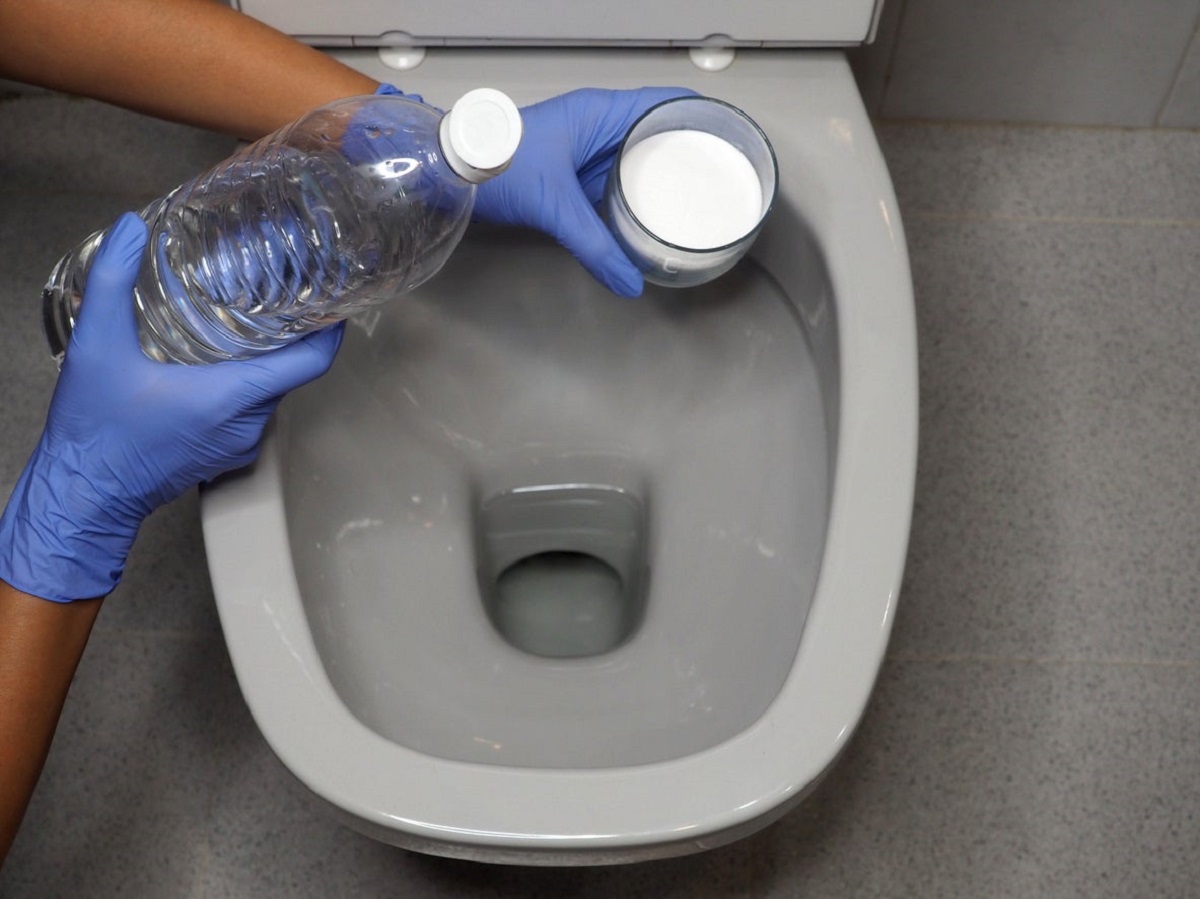
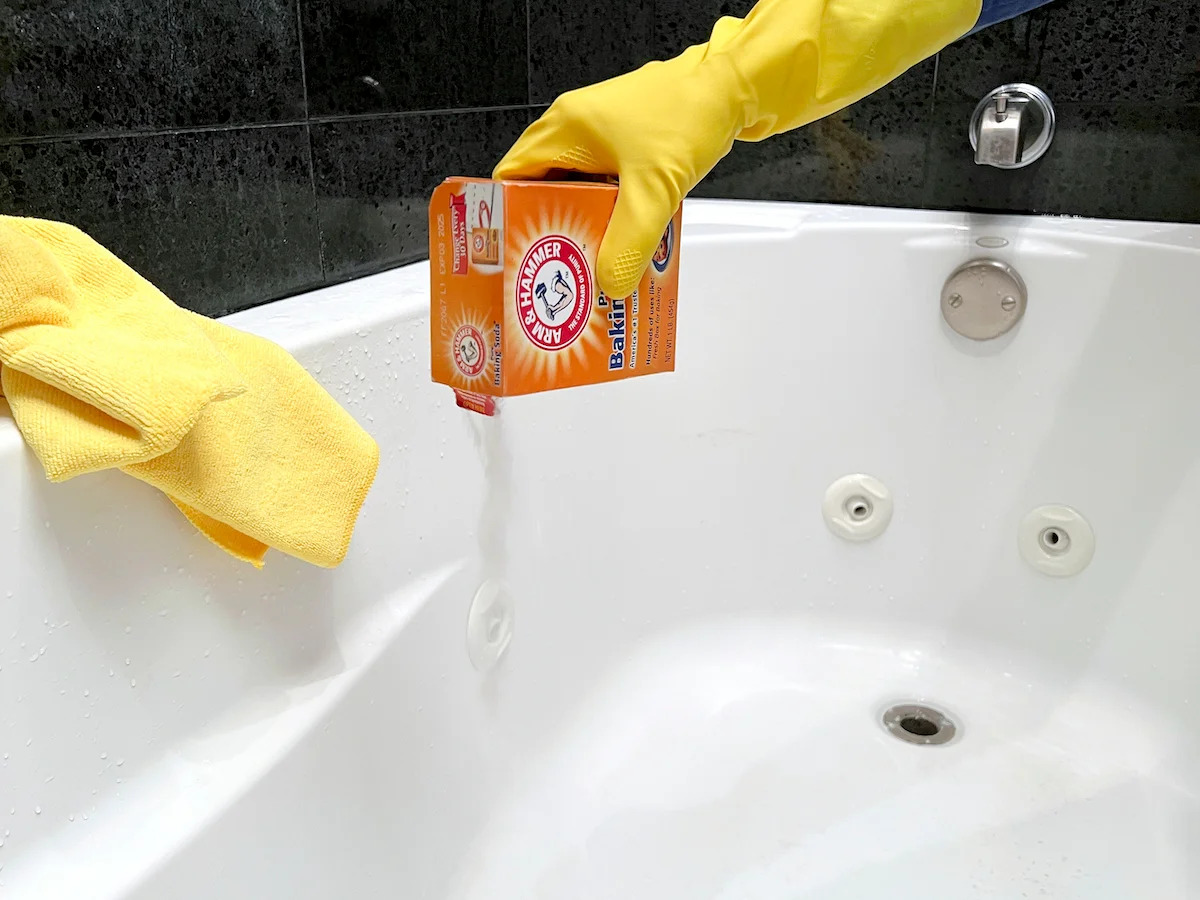
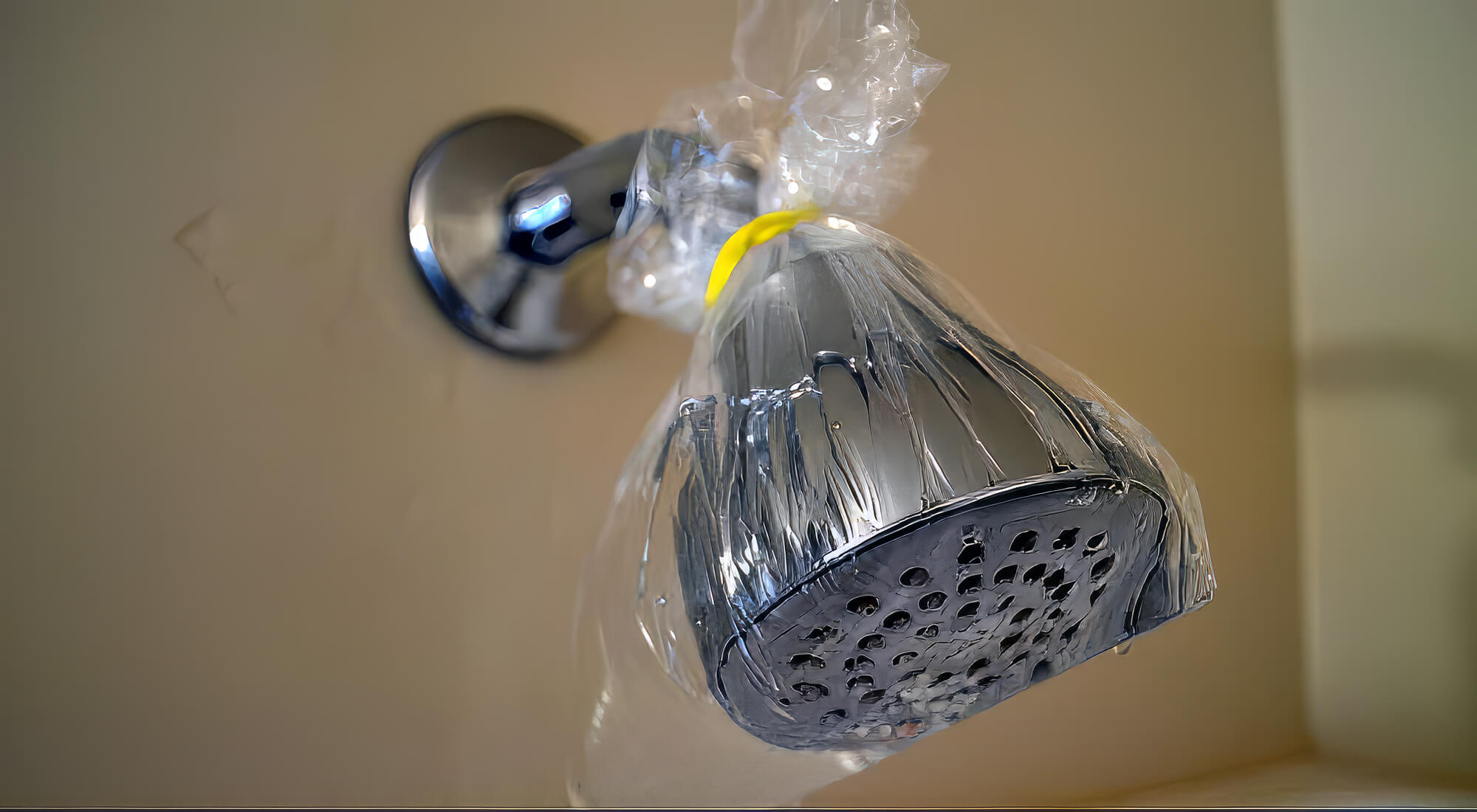
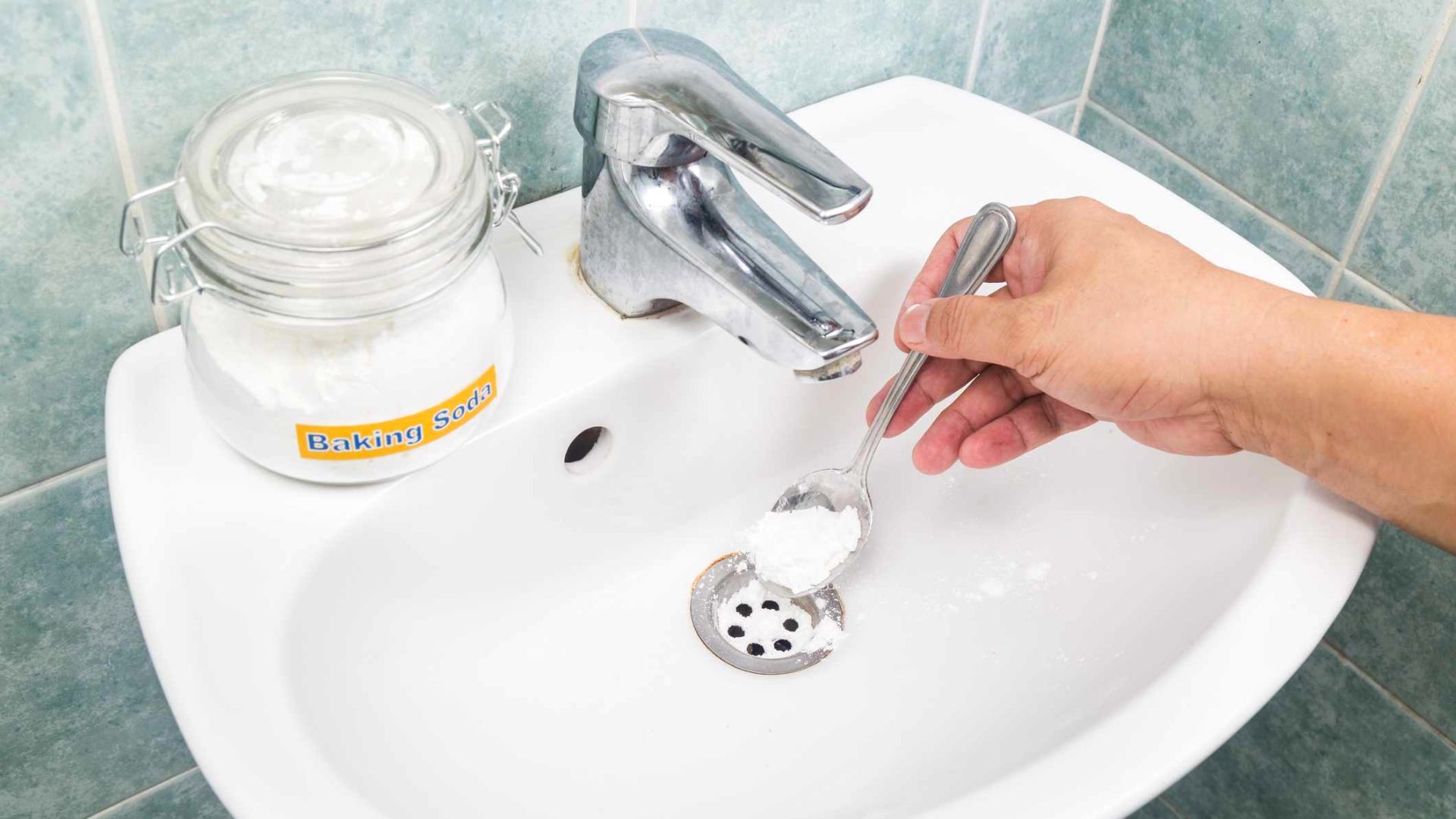
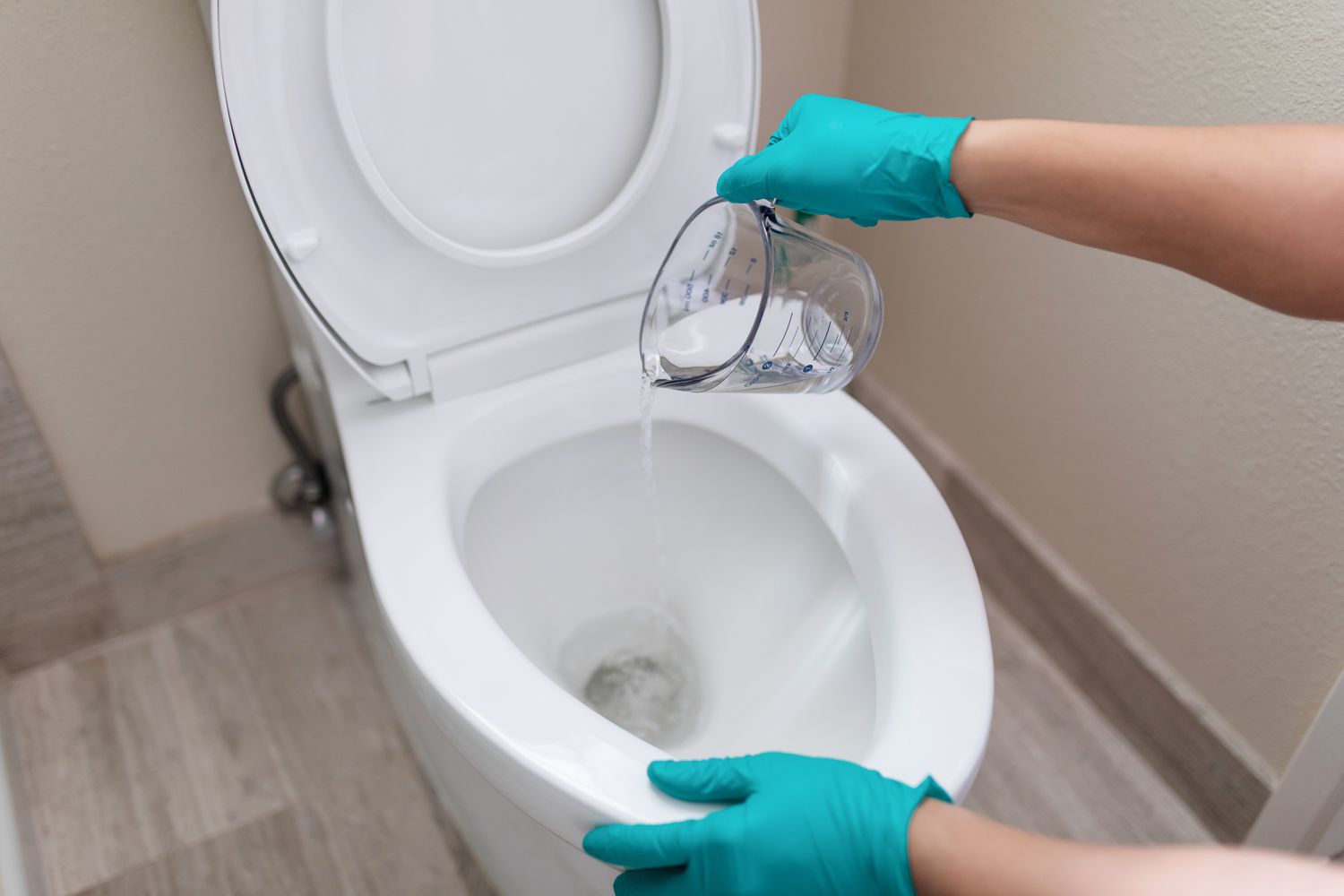
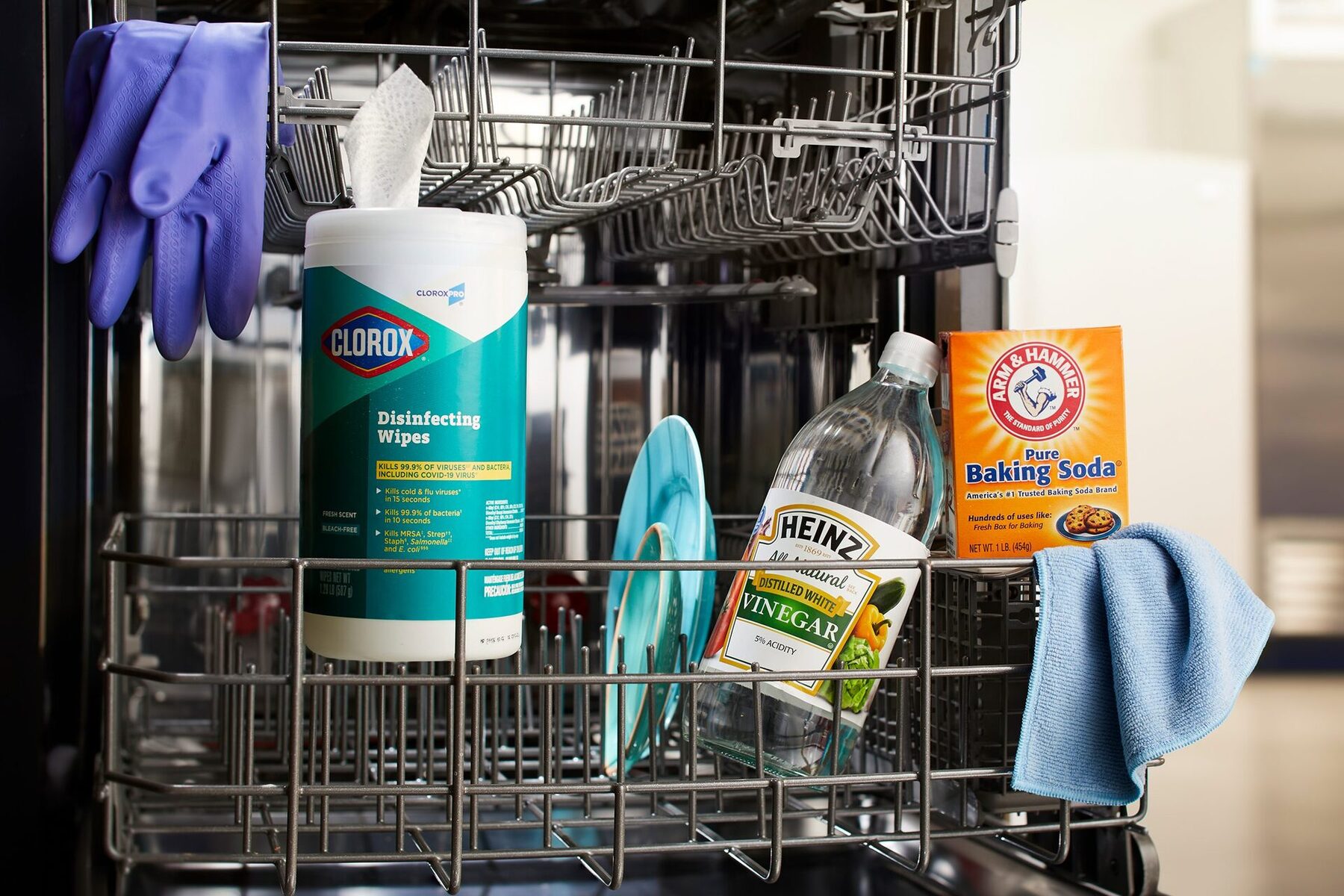
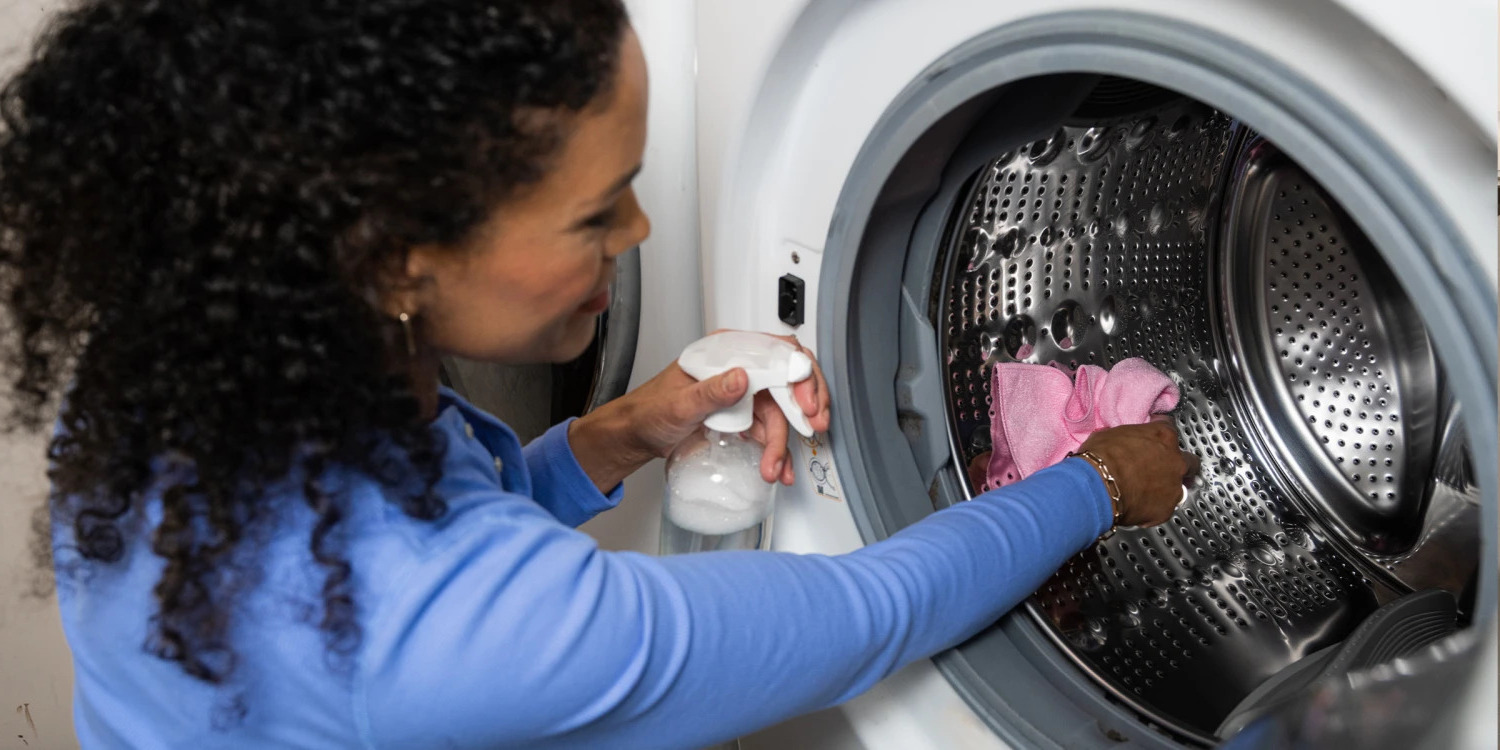
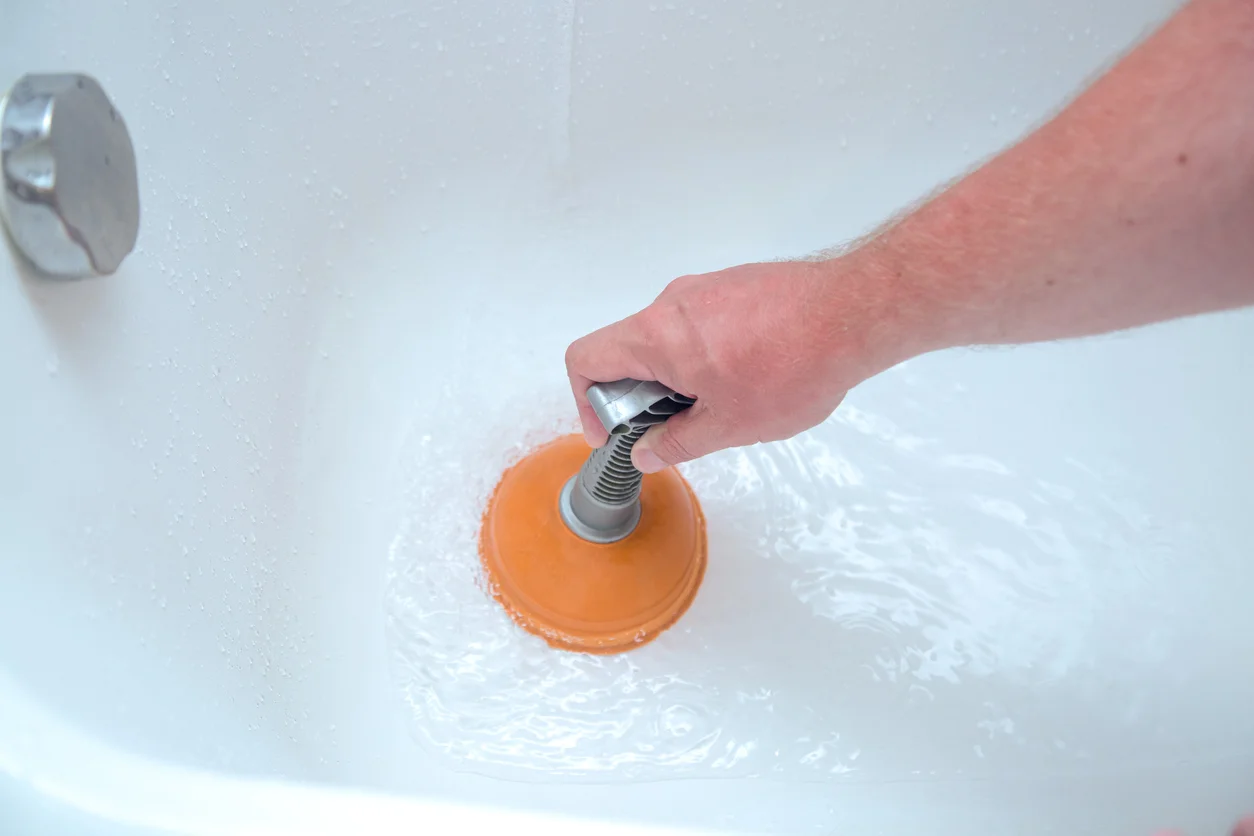
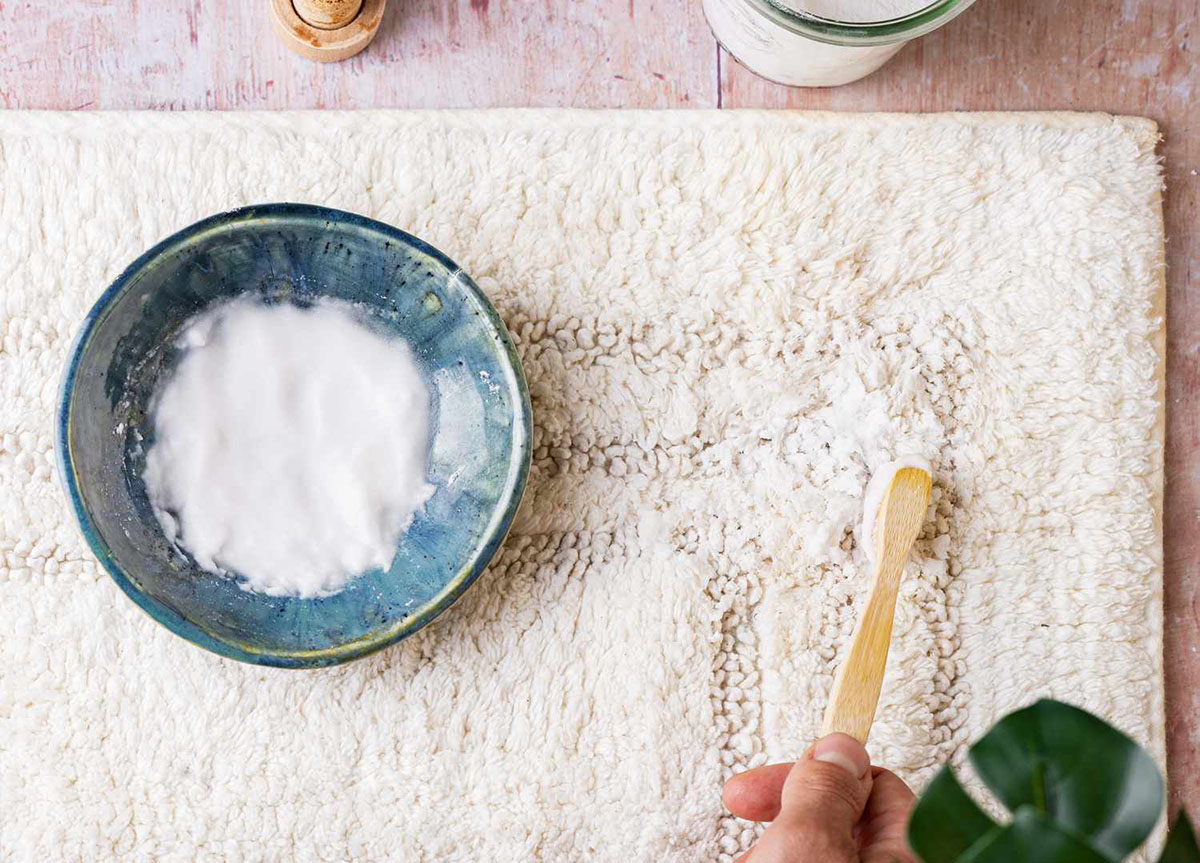
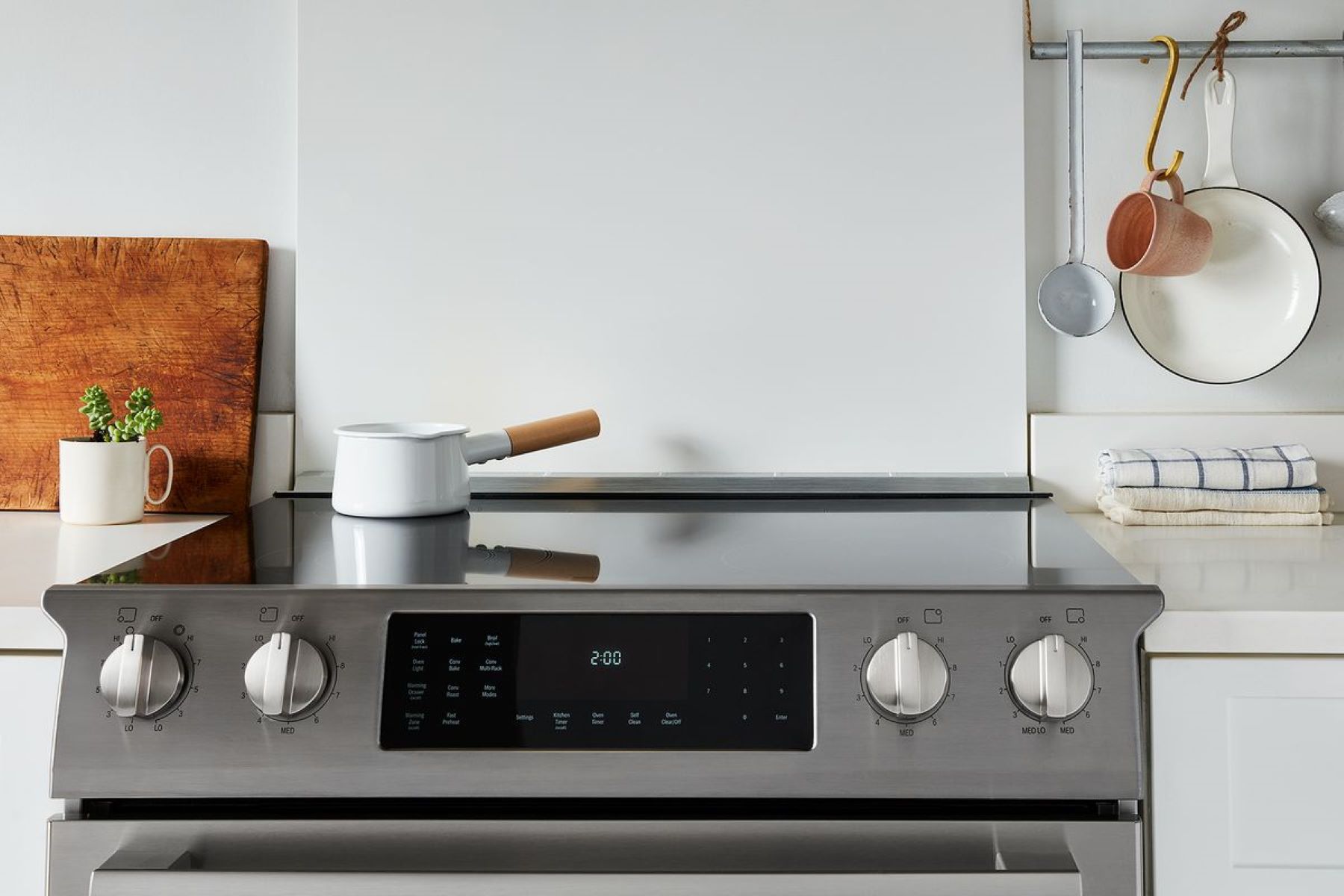
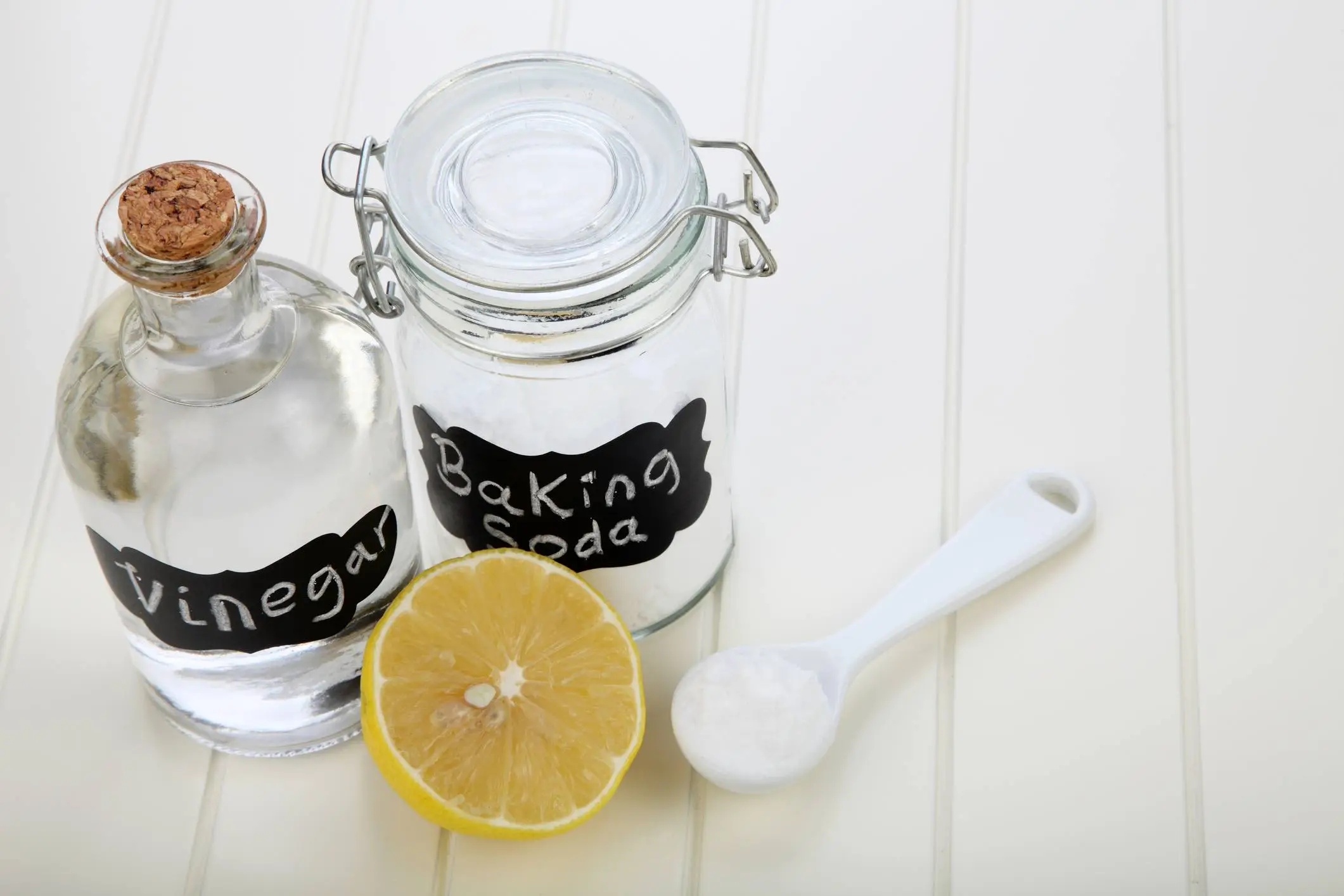
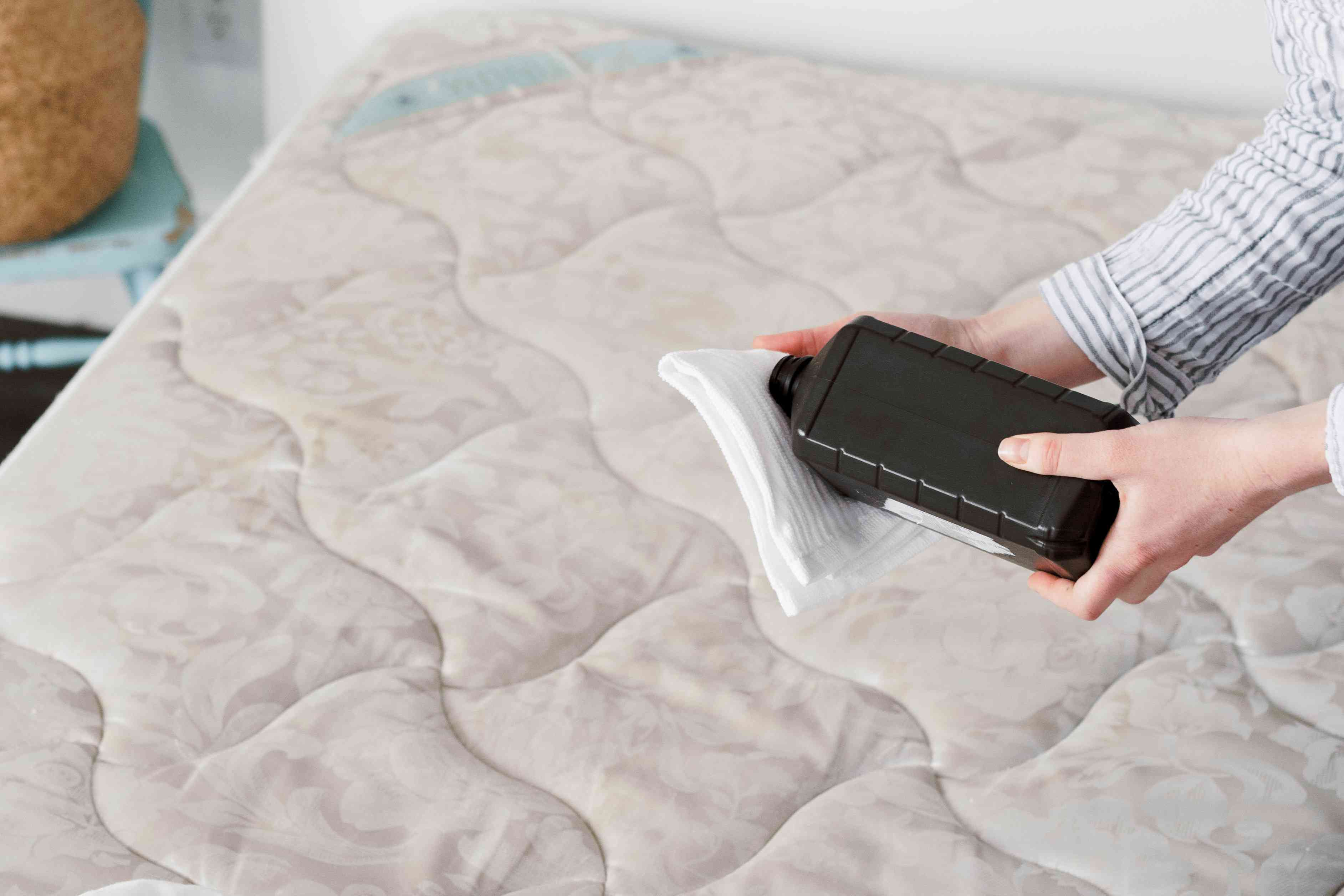
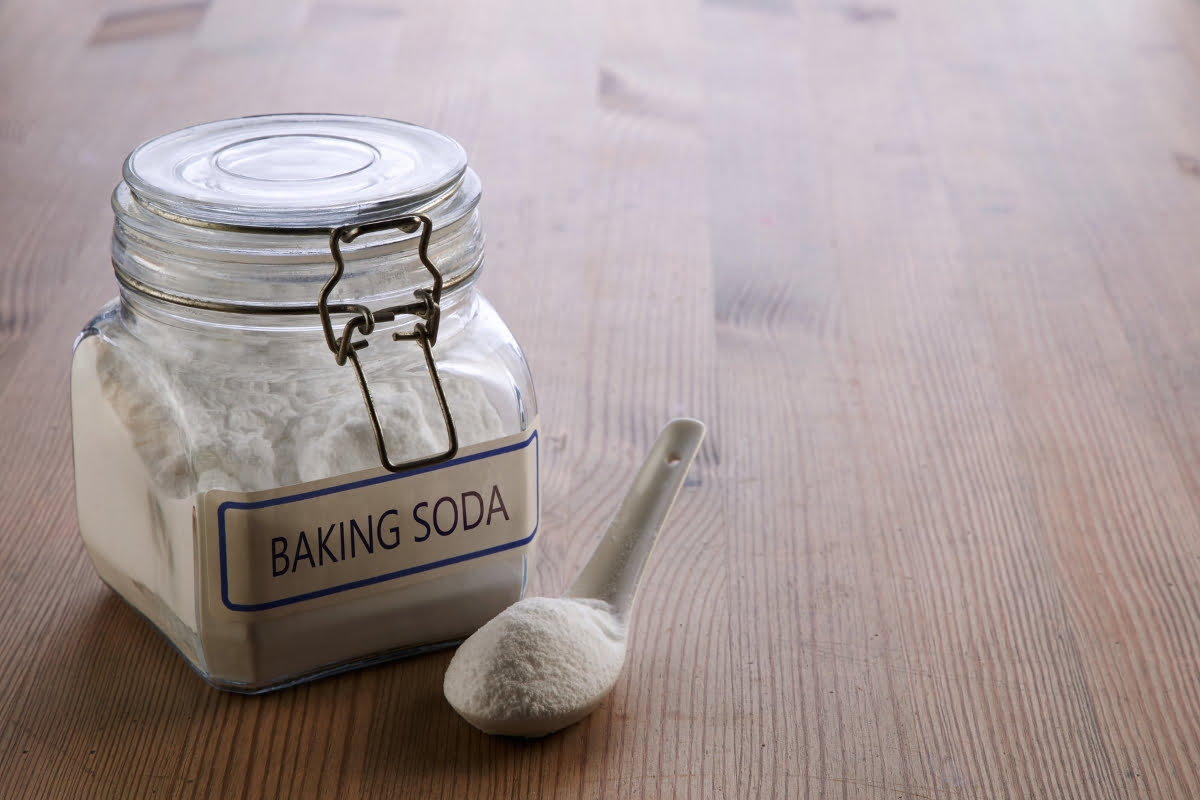
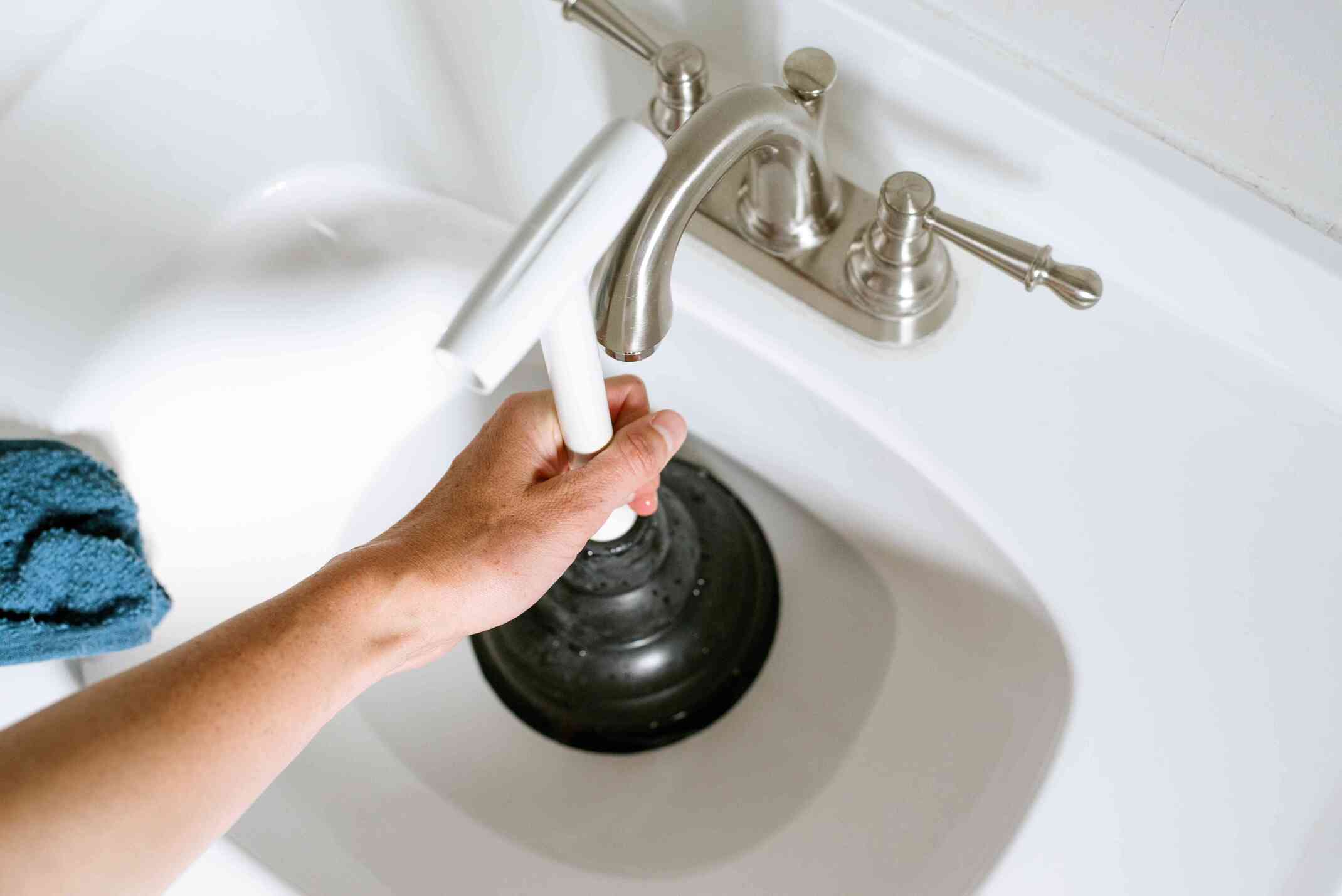

0 thoughts on “How To Unclog Bathroom Sink With Baking Soda And Vinegar”